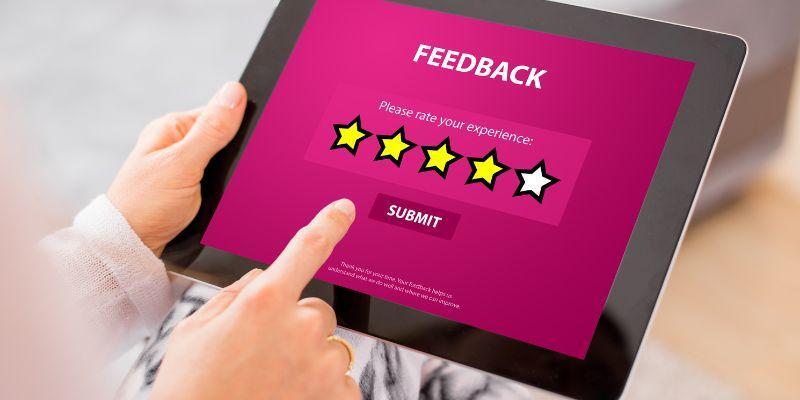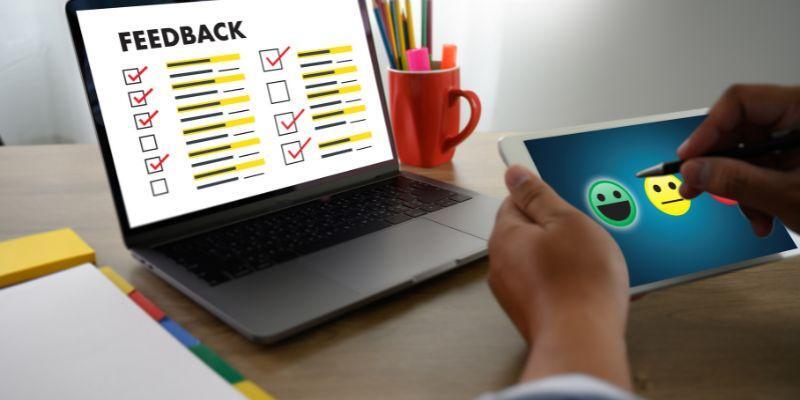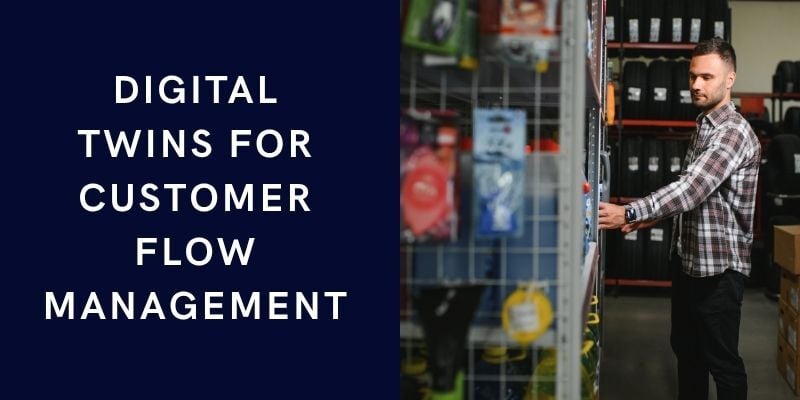Customer feedback is the lifeblood of any business. It provides invaluable insights into what customers think about your products or services.
Understanding how to collect customer feedback effectively allows businesses to improve their offerings and build stronger relationships.
Collecting customer feedback is crucial because it helps businesses understand what customers like, what they dislike, and what they want to see improved.
According to a survey, 96% of customers say that customer feedback and service are essential factors in their choice of loyalty to a brand.
The benefits of getting customer feedback are numerous. It helps businesses make better decisions, improve products and services, and increase customer satisfaction. Listening to customers shows them that their opinions matter, which can build trust and loyalty.
This article will explore ways to get client feedback, discuss best practices, and highlight tools and techniques to ensure you get the most out of your feedback.
Choosing Feedback Collection Methods
The proper methods for obtaining customer feedback are essential for gaining valuable insights. Different methods cater to different types of customers and situations.
Mixing and matching these methods to get a well-rounded view of your customers’ opinions is essential. Below are some effective methods of obtaining customer feedback.
1. Surveys
Surveys are one of the most popular methods for collecting customer feedback. They can be conducted online, in-store, or via email, making them highly versatile.
Surveys can include multiple-choice questions, rating scales, and open-ended questions, providing a comprehensive view of customer opinions.
To create effective surveys, keep them short and focused, ask explicit questions, and offer an incentive for completion.
For example, you could provide a discount code or enter participants into a prize draw. Additionally, using clear and concise language in your questions helps avoid confusion and ensures more accurate responses.
2. Interviews

Interviews allow for a deeper understanding of customer experiences and expectations. These can be conducted in person, over the phone, or via video. Interviews are beneficial for getting feedback from customers on complex or high-value products.
To get the most out of interviews, prepare a list of open-ended questions, listen actively, and take detailed notes. Follow-up questions can provide further insights and clarify responses.
It’s also helpful to create a comfortable and relaxed environment to encourage honest and open communication. Interviews can reveal nuanced details and personal stories that surveys might miss, making them invaluable for understanding customer perspectives.
3. Social Media Listening
Social media platforms are rich sources of customer feedback. Businesses can gain real-time insights into customer sentiments by monitoring mentions, comments, and direct messages. Tools like Hootsuite and Sprout Social can help track and analyze social media activity.
Engaging with customers on social media not only helps in how to get customer feedback but also develops customer relationships.
Responding to comments and messages shows that you value their opinions and are attentive to their needs.
Social media listening can also identify trends, joint issues, and areas for improvement that may be less apparent through other feedback methods.
4. Feedback Forms on the Website

Feedback forms on your website can capture customer opinions at the point of interaction. These forms can be triggered after a purchase or visit to a specific page.
Keep the forms short to encourage participation and ensure they are easy to find.
Among the methods of obtaining customer feedback, this is excellent for collecting immediate feedback about your website’s usability and content.
For instance, a form could ask about the ease of finding information, the checkout process, or overall satisfaction.
Customizing questions based on the page or action taken can provide more relevant insights.
Additionally, consider using pop-up forms that appear after a certain amount of time or after specific actions to capture more immediate feedback.
5. Self-Service Kiosks
Self-service kiosks are another effective way to collect customer feedback. These can be placed in physical locations like retail stores, restaurants, or service centers. Kiosks allow customers to provide feedback on their experience quickly.
To maximize response rates, ensure the user-friendly kiosk interface is positioned in a high-traffic area. Use simple and direct questions to gather essential feedback without wasting the customer’s time.
Kiosks can ask about the overall experience, specific service aspects, or product satisfaction. Additionally, frequent updates and maintenance ensure the kiosks are always in good working condition and ready to use.
6. Customer Feedback Solutions

Numerous software solutions are available that specialize in collecting customer feedback.
Tools like SurveyMonkey, Google Forms, and Qualtrics offer customizable templates and advanced analytics to help businesses gather and interpret customer feedback effectively.
These solutions can integrate with your existing systems, making feedback collection seamless and efficient. They often come with features like automated survey distribution, real-time data analysis, and detailed reporting.
Choosing the right tool depends on your specific needs, such as the type of feedback you want to collect, your budget, and the level of customization required. Utilizing these tools can streamline the feedback process and provide more actionable insights.
Case Studies: Successful Feedback Collection Strategies
1. Carrefour Kenya’s QMS Success Story: Collecting Customer Feedback
Carrefour Kenya faced long wait times, impacting customer satisfaction and retention. They partnered with Wavetec to implement a Queue Management System (QMS) incorporating SMS ticketing and digital signage to address this.
This system allowed customers to continue shopping while waiting, providing real-time updates and improving the overall shopping experience. Key features included a single-line queue, real-time data insights, and interactive digital displays.
The outcomes were remarkable: eliminating physical queues, increasing customer satisfaction, boosting sales, and efficient customer flow management.
This success story highlights the importance of collecting customer feedback through innovative solutions that boost customer satisfaction and operational efficiency.
2. Optimizing Customer Feedback Collection at M&M Stores with Wavetec
MARS Group, operating M&M stores across the U.S., partnered with Wavetec to improve their customer queuing experience.
Facing challenges like inefficient queuing, disorganized customer flow, and limited service efficiency, they implemented Wavetec’s UNO-Q system.
This solution introduced a single-line queue, real-time data insights, and digital signage to enhance the customer journey.
As a result, 25,000 – 50,000 customers are now efficiently managed daily, reducing wait times and increasing customer satisfaction.
This fundamental business example shows effective strategies for collecting customer feedback and improving service delivery, highlighting the benefits of advanced queue management solutions for retail environments.
How to collect customer feedback – FAQs
What are the advantages of using surveys for feedback collection?
Surveys are versatile, cost-effective, and can reach a broad audience. They allow for quantitative analysis and can be easily customized to gather specific information, providing a comprehensive view of customer opinions.
What are self-service kiosks, and how do they help collect feedback?
Self-service kiosks are physical stations where customers can provide feedback on their experience. They are situated in high-traffic areas and offer a quick, convenient way for customers to share their thoughts immediately after interacting with your service or product.
How can I prioritize feedback based on its impact and feasibility?
To prioritize feedback, assess the potential impact of implementing changes and the feasibility of doing so. Focus on feedback that can significantly improve customer satisfaction and loyalty and that can be realistically achieved with available resources.
Final Words
Understanding how to collect customer feedback is essential for any business aiming to improve and grow.
Businesses can gain valuable insights into customer needs and preferences by using various methods such as surveys, feedback forms, self-service kiosks, etc.
Remember to prioritize feedback based on its impact and feasibility to make the most effective improvements.
Regularly collecting and acting on feedback improves your products and services and strengthens customer relationships and loyalty.
Collecting customer feedback is a continuous process that helps you meet your customers’ expectations and ensure long-term success.
BOOK A FREE DEMO





